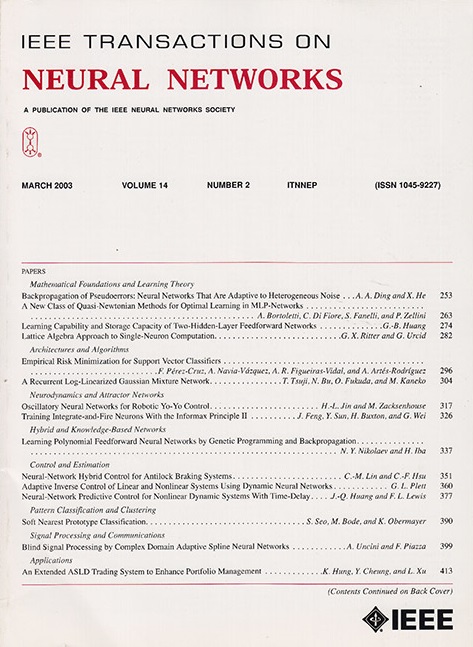Pleno-Alignment Framework for Stock Trend Prediction
IF 8.9
1区 计算机科学
Q1 COMPUTER SCIENCE, ARTIFICIAL INTELLIGENCE
IEEE transactions on neural networks and learning systems
Pub Date : 2025-03-01
DOI:10.1109/TNNLS.2025.3561811
引用次数: 0
Abstract
Predicting stock trends is a highly rewarding but high-risk endeavor due to the complex interplay of market dynamics, irrational behaviors, and diverse sentiments. Previous studies have used time-series analysis on historical prices or sentiment analysis on textual information. However, these methods often fail to capture the dynamic interactions between text and time-series modalities and overlook the different perspectives embedded in textual data. To address these limitations, we propose the pleno-alignment framework (PAFrame) that enhances multimodal stock information through intermodal and intramodal alignment to capture market dynamics. Our framework first integrates textual and time-series data in a shared representation space to learn modal-invariant information. To tackle divergent sentiments in textual data, we employ a contrastive learning approach to extract abstract semantic meanings from objective and subjective perspectives, thereby improving the robustness of language representations. Finally, we use a hybrid approach that explicitly combines cross-attention mechanisms to create a unified representation and utilizes prompts to implicitly guide language models with numerical financial indicators for final prediction. Our comprehensive experiments on five real-world datasets show that PAFrame outperforms existing methods in predicting stock trends.股票趋势预测的整体调整框架
预测股票走势是一项高回报但高风险的工作,因为市场动态、非理性行为和各种情绪之间存在复杂的相互作用。以前的研究对历史价格使用时间序列分析或对文本信息使用情绪分析。然而,这些方法往往无法捕捉文本和时间序列模式之间的动态相互作用,并且忽略了文本数据中嵌入的不同视角。为了解决这些限制,我们提出了整体对齐框架(PAFrame),该框架通过多式联运和多式联运内对齐来增强多式联运库存信息,以捕捉市场动态。我们的框架首先将文本和时间序列数据集成在一个共享的表示空间中,以学习模态不变信息。为了解决文本数据中的分歧情绪,我们采用对比学习方法从客观和主观角度提取抽象语义,从而提高语言表征的鲁棒性。最后,我们使用了一种混合方法,明确地结合了交叉注意机制来创建统一的表示,并利用提示来隐式地指导带有数字财务指标的语言模型,以进行最终预测。我们在五个真实数据集上的综合实验表明,PAFrame在预测股票趋势方面优于现有方法。
本文章由计算机程序翻译,如有差异,请以英文原文为准。
求助全文
约1分钟内获得全文
求助全文
来源期刊

IEEE transactions on neural networks and learning systems
COMPUTER SCIENCE, ARTIFICIAL INTELLIGENCE-COMPUTER SCIENCE, HARDWARE & ARCHITECTURE
CiteScore
23.80
自引率
9.60%
发文量
2102
审稿时长
3-8 weeks
期刊介绍:
The focus of IEEE Transactions on Neural Networks and Learning Systems is to present scholarly articles discussing the theory, design, and applications of neural networks as well as other learning systems. The journal primarily highlights technical and scientific research in this domain.
 求助内容:
求助内容: 应助结果提醒方式:
应助结果提醒方式:


